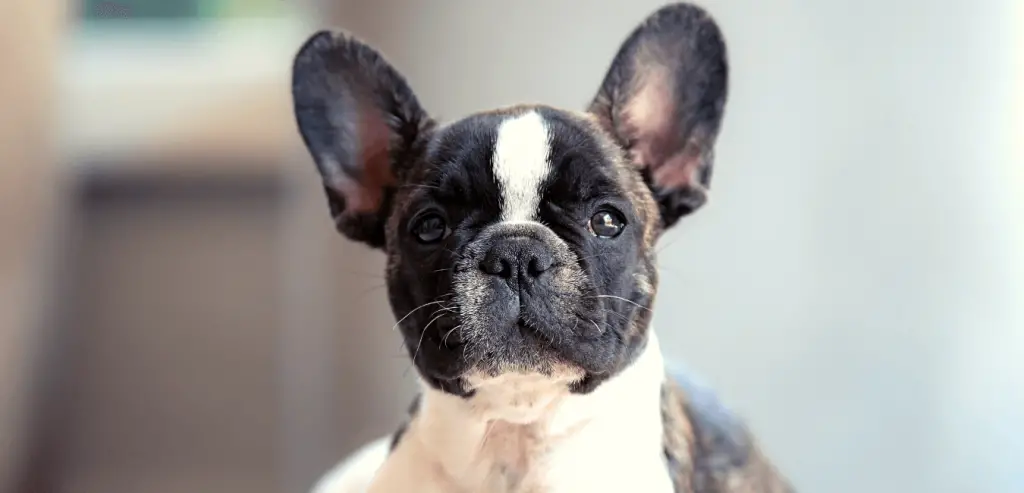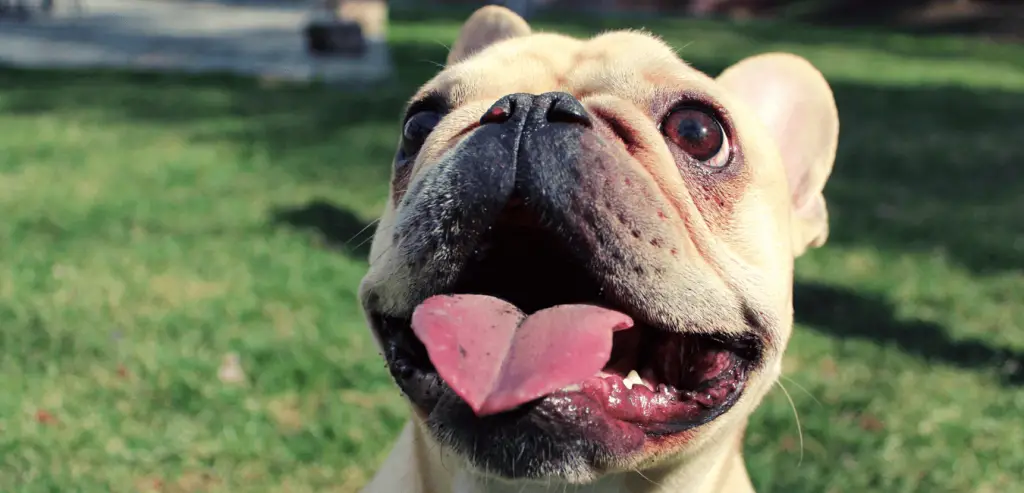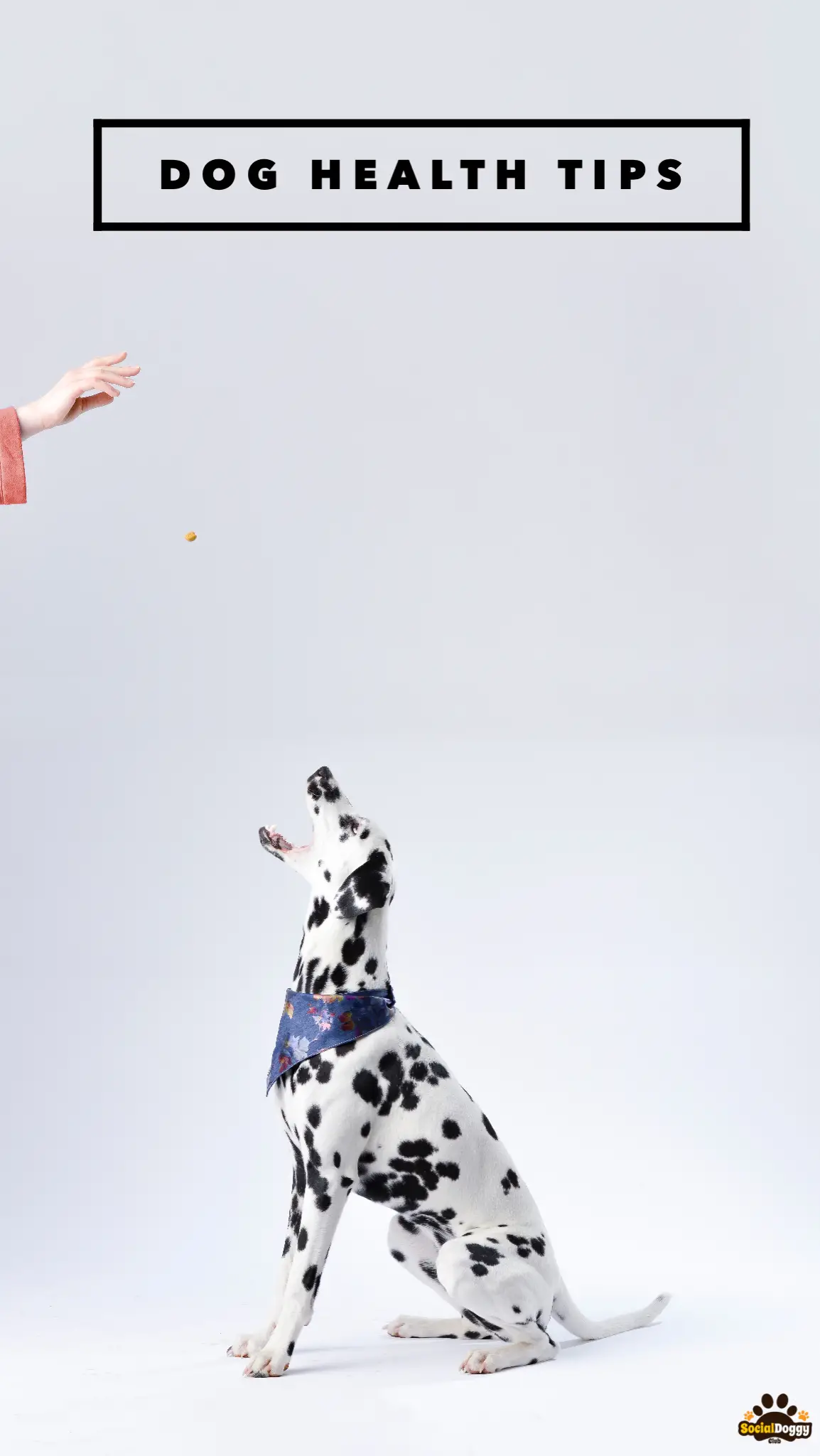Contents
French Bulldog History
During the Industrial Revolution in the second half of the nineteenth century, many English laborers came to France. A considerable number of these laborers were from Nottingham, England. Bulldogs were valued there, and their owners took them to France. Some of the Bulldogs were pretty small, and others had upright ears, which were not popular in their native England. However, in France, Bulldogs with erect ears generated a stir, particularly among noblewomen. More and more of these small bulldogs, known as the bulldog francais or french bulldog, began to be imported by pet sellers.
French Bulldog Features

Male or female bulldogs should weigh no less than 17 lbs and no more than 30 lbs. The breed standard does not specify the size, but it must be proportional to its weight. They are small, chubby dogs, yet they are also strong and solid, as is typical of the Molosser type of breed.The french bulldog’s hair is distinctive and stunning that is both thick and soft to the touch. Their coat might be fawn, brindled, or have white spotting.
Characteristics of a French Bulldog

The French Bulldog has a temperament that is sociable, playful, friendly, and loving. They’re the ideal lapdog. These Bulldogs get along well with other dogs, people, and animals. They often get along nicely with kids. Despite this, it is essential to socialize these dogs from a young age in order to prevent adult shyness. Although this breed is not very difficult, its strong need for companionship might lead to separation anxiety. This means that if left alone for an extended amount of time, the French Bulldog might become destructive.
How To Care For A French Bulldog
Because short hair has less demands than other companion dog breeds, hair care is faster and easier. Brushing once a week is generally enough to get rid of loose hair. Bathing can be done once a month or whenever the dog appears to be dirty. However, to prevent dirt from gathering in their wrinkles, we must clean them on a regular basis. To do so, we only need to wipe them down with a damp towel and dry them.
The French Bulldog does not require much exercise. Despite being a very energetic dog, they are unable to move swiftly and will expend the most of their physical activity indoors. They will still need mild daily walking to engage their minds, socialize, and get low-intensity exercise. The French Bulldog struggles in hot areas due to their modest size. They are prone to heat stroke and are hypersensitive to anesthesia as a result of this.
Training a French Bulldog
This breed doesn’t always do well with training. Many old-school managers describe French Bulldogs as difficult and stubborn. These dogs are difficult to train because they do not respond well to typical training methods, particularly punishment. On the other hand, they can learn a variety of commands and even tricks when trained with positive reinforcement. They are grateful and affectionate dogs who are willing to learn if it is done correctly.
Health of a French Bulldog
Unfortunately, the French Bulldog is susceptible to a variety of canine diseases, many of which are caused by its flat muzzle. Stenotic nostrils, elongated soft palate, intervertebral disc degeneration, and canine Hemme vertebra are among the most common. Hip dysplasia, patellar dislocation, cataracts, and deafness are are less common in this breed.








